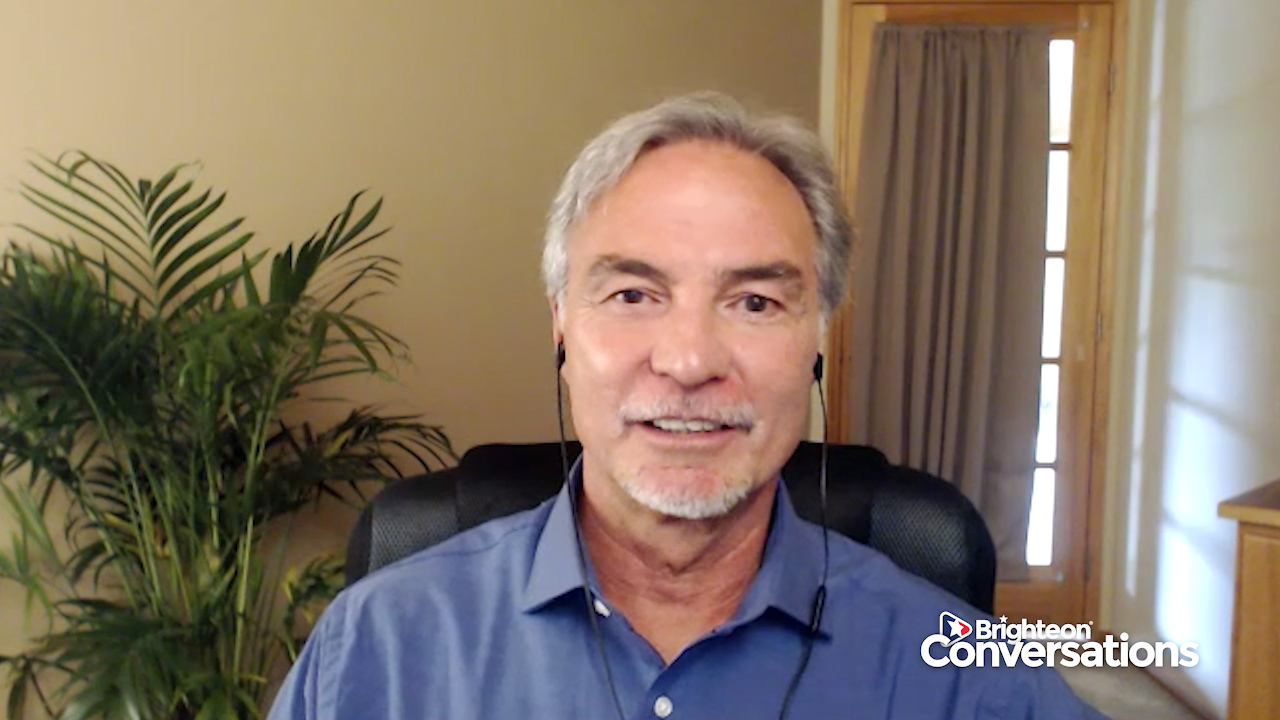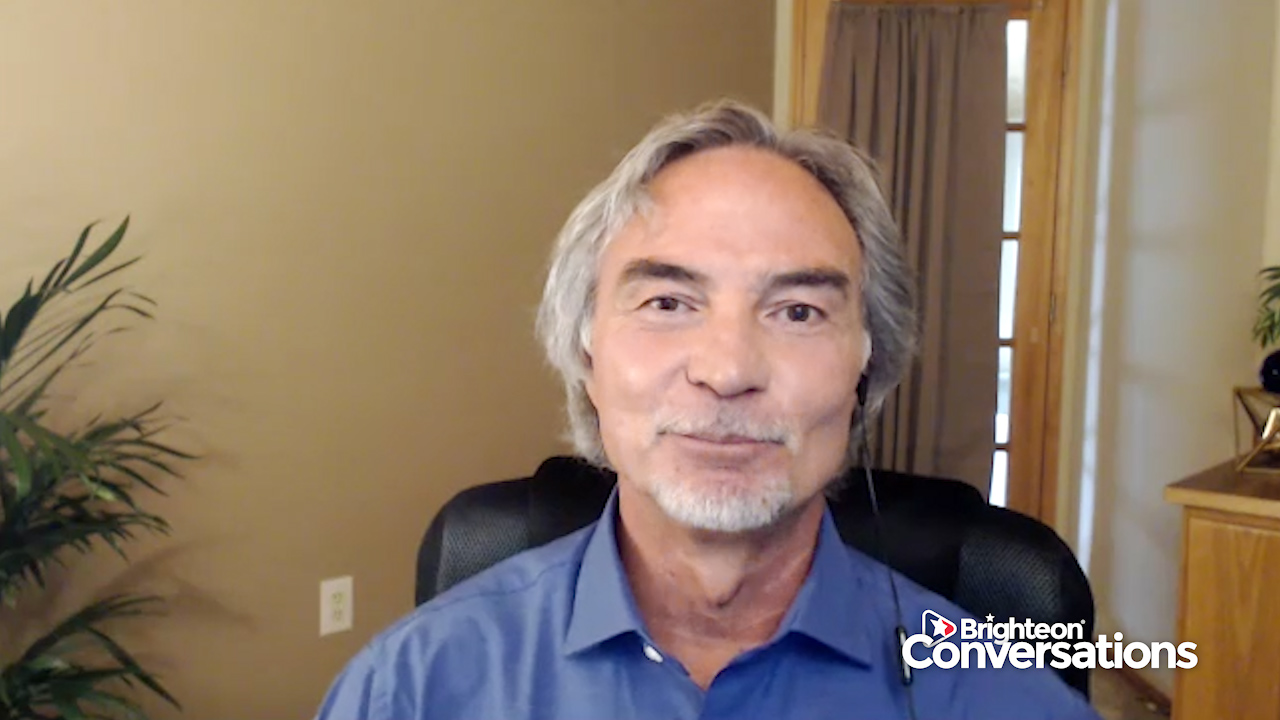As extra unemployment benefits run out, laid-off workers scramble to look for jobs amid coronavirus pandemic
09/25/2020 / By Zoey Sky

The Wuhan coronavirus (COVID-19) pandemic has been hard on everyone, but laid-off workers in America have been struggling the hardest. While a short term extension of relief has helped them put food on the table, many unemployed Americans are struggling to look for jobs as extra unemployment benefits are starting to run out.
Running out of savings
Caroline Mongillo lost her part-time job at a music venue when the pandemic struck the country in March. While she set out to find a new job, things were more difficult because the country’s labor market was crippled by the pandemic.
Fortunately, Mongillo and millions of other laid-off workers received $600 a week in extra unemployment benefits from the federal government. Those benefits, however, have already expired. While they have been replaced, it’s with a short-term extension for only $300 a week.
Despite the stimulus packages, as well as efforts on her part to minimize her spending, Mongillo states that she’s already spent half her savings.
Mongillo shared that she has applied for at least 50 jobs in the last few weeks. She’s often inquired about jobs in marketing and advertising, but her wait has been in vain.
If the marketing and advertising job hunt is a dead-end, Mongillo says that she’s fine with a retail job at Target or other similar places. But she worried about taking a job in retail, especially since it might make it hard for a fresh graduate like her since she took out $25,000 in loans to attend college.
According to Mongillo, The $600 weekly benefit helped her survive the early months of the pandemic, and she was even able to save about $1,200. But now that the benefit has been reduced to half the previous rate, she’s growing more anxious.
The extra unemployment benefit, which was included in a March stimulus package to help people, businesses and the economy during the COVID-19 pandemic, expired at the end of July. Once the benefits ended, a lot of laid-off workers are at a loss on how to put food on the table and pay bills, with no end in sight to the pandemic.
Michele Evermore, a senior policy analyst at the National Employment Law Project, warned that the laid-off workers receiving $600 will “fall off a cliff” once the benefits end.
Evermore added that the median benefit in states like Mississippi is around $212 a week. Meanwhile, in Arizona, the maximum benefit is $240 a week. This means people will have to figure out how to survive from $840 to $240.
At least 50 million workers filed for unemployment insurance since March.
Mark Hamrick, Bankrate’s senior economic analyst, warns that America remains in the thick of the pandemic-induced economic downturn. Worse still is the fact that there has been little to no improvement in new claims for unemployment benefits.
The $600 benefit is a lifeline for many, particularly those “living paycheck to paycheck.” Feeding America, a nonprofit food bank network, estimates that one in six Americans “could face hunger” because of the coronavirus pandemic.
The extra $600 may not seem much to those who still hold steady jobs amid the pandemic, but the benefit has helped stimulate the struggling economy. The loss of the benefit could significantly affect consumer spending and demand, which will eventually cripple the economy, advised Hamrick.
Time is running out, and wallets are quickly emptying
During the first few weeks of September, at least 13 million people were collecting regular state unemployment benefits that helped the majority of workers.
Millions more were receiving benefits via other federal and state programs, along with one for gig-economy workers. While the country’s unemployment rate declined to 8.4 percent from a peak near 15 percent earlier when the pandemic began, it remains above a pre-pandemic level of 3.5 percent.
Thanks to President Donald Trump’s action last August, laid-off workers received an extra $300 in benefits a week. But those benefits only lasted six weeks.
Congress, on the other hand, still hasn’t reached an agreement on a new federal jobless benefit. Justice Ruth Bader Ginsburg’s death has left an opening at the Supreme Court, which could also delay pending negotiations.
The Labor Department reports that a lot of employees still haven’t received the additional $300 payments. In the meantime, these workers are surviving on regular state unemployment benefits alone, which have averaged $326 a week in the year through July. (Related: California started sending out FEMA-funded unemployment payments on Labor Day.)
Creeping financial fears
According to Peter Ganong, an economist from the University of Chicago, the $300 supplemental benefit would help put about 48 percent of workers above their previous income levels.
But under the $600 benefit, at least 76 percent of workers eligible for benefits were making more than their previous income. Ganong added that unemployment-insurance recipients tend to spend more than the average person.
Since unemployed people have income that’s temporarily low, receiving extra money means they might spend it because “it because it would bring them closer back to their desired level of spending.” And while the benefit reduction hasn’t caused cutbacks in spending across the economy, data suggests that spending by unemployment beneficiaries has weakened.
Cardify.ai, a market-research firm that tracks the impact of the pandemic on consumer spending throughout America, reported that both debit- and credit-card spending among unemployment-benefits recipients significantly slowed once the extra $600 benefit expired in July as laid-off workers spent less on apparel, groceries and ate out less.
Cardify studied anonymized spending data for users who linked their credit cards and bank accounts to Drop, a mobile-rewards platform. Drop then identified unemployment-insurance recipients “according to whether they had received a direct deposit for benefits between July 15 and July 31.”
Helpful, but not enough to assuage financial fears
The extra $300 in benefits was helpful, but it wasn’t enough to completely ease financial fears.
JC Elliott, a 59-year old resident of Dallas, was laid off from her job as a marketing director in May. Elliott made ends meet using $1,120 a week in jobless benefits, along with the $600 supplement.
The benefits totaled to less than Elliott’s pre-pandemic salary of $110,000, but they were enough to help her pay the bills without using up her savings.
When the $600 in weekly benefits expired last July, however, Elliott was forced to start spending her savings. Money was also much tighter after the $300 weekly benefit ran out.
Like Mongillo, Elliott is tirelessly searching for a new job. Despite the job search, Elliott can’t help but feel consumed by panic.
Economists predict that the benefit reduction will cut back consumer spending in the following months. At least 50 percent of economists in a Wall Street Journal survey said that the lower jobless benefits will impact spending this September.
According to some businesses and workers, receiving the extra $600 made laid-off workers complacent about looking for new jobs. On the other hand, a lot of economists who studied unemployment benefits reported that receiving the extra payments weren’t a major deterrent to employment searches.
The pandemic has made the search for new jobs much harder, leaving a lot of people little to no chance of finding employment anytime soon. Even though the number of job openings improved this summer from when the coronavirus pandemic began, it’s still below the levels seen before COVID-19 started spreading this spring.
Sources include:
Tagged Under: 2019-nCoV, coronavirus, covid-19, disease, economics, epidemic, extra unemployment benefits, federal government, federal jobless benefit, financial aid, novel coronavirus, outbreak, pandemic, risk, superbugs, unemployment, virus, welfare, Wuhan coronavirus
RECENT NEWS & ARTICLES
COPYRIGHT © 2018 MONEYSUPPLY.NEWS
All content posted on this site is protected under Free Speech. MoneySupply.news is not responsible for content written by contributing authors. The information on this site is provided for educational and entertainment purposes only. It is not intended as a substitute for professional advice of any kind. MoneySupply.news assumes no responsibility for the use or misuse of this material. All trademarks, registered trademarks and service marks mentioned on this site are the property of their respective owners.



















